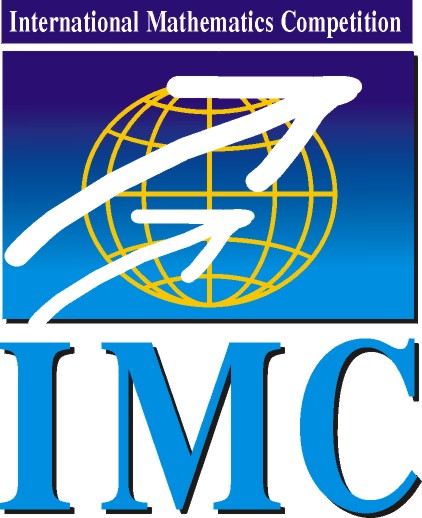
|
International Mathematics Competition
|
IMC 2024 |
| Information | Results | Problems & Solutions |
IMC2015: Day 1, Problem 1
1. For any integer $n\ge 2$ and two $n\times n$ matrices with real entries $A,\; B$ that satisfy the equation $$A^{-1}+B^{-1}=(A+B)^{-1}\;$$ prove that $\det (A)=\det(B)$.
Does the same conclusion follow for matrices with complex entries?
Proposed by Zbigniew Skoczylas, Wroclaw University of Technology
Solution. Multiplying the equation by $(A+B)$ we get \[ I = (A+B)(A+B)^{-1} = (A+B)(A^{-1}+B^{-1}) = \] \[ = AA^{-1}+AB^{-1}+BA^{-1}+BB^{-1} = I+AB^{-1}+BA^{-1}+I \] \[ AB^{-1}+BA^{-1}+I = 0. \] Let $X=AB^{-1}$; then $A=XB$ and $BA^{-1}=X^{-1}$, so we have $X+X^{-1}+I=0$; multiplying by $(X-I)X$, $$ 0 = (X-I)X \cdot (X+X^{-1}+I) = (X-I) \cdot (X^2+X+I) = X^3-I. $$ Hence, \[ X^3 = I \] \[ (\det X)^3 = \det(X^3) = \det I = 1 \] \[ \det X = 1 \] \[ \det A = \det (XB) = \det X \cdot \det B = \det B. \] In case of complex matrices the statement is false. Let $\omega=\frac12(-1+i\sqrt3)$. Obviously $\omega\notin\RR$ and $\omega^3=1$, so $0=1+\omega+\omega^2=1+\omega+\overline{\omega}$.
Let $A=I$ and let $B$ be a diagonal matrix with all entries along the diagonal equal to either $\omega$ or $\overline\omega=\omega^2$ such a way that $\det(B)\neq1$ (if $n$ is not divisible by $3$ then one may set $B=\omega I$). Then $A^{-1}=I$, $B^{-1}=\overline{B}$. Obviously $I+B+\overline{B}=0$ and $$ (A+B)^{-1}=(-\overline{B})^{-1}=-B=I+\overline{B}=A^{-1}+B^{-1}. $$ By the choice of $A$ and $B$, $\det A=1\ne \det B$.
© IMC